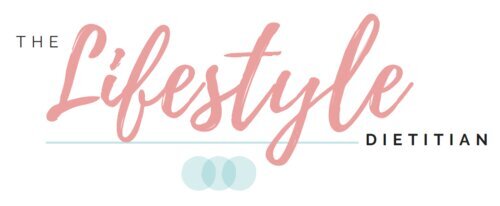3 Ways Perimenopause Changes Your Body and How Nutrition Can Help
Perimenopause: an inevitable, perfectly natural part of life for those of us with a uterus. But, it doesn’t mean it’s a welcome, easy transition. Hot flushes, brain fog, low libido and roller coaster emotions, we’re looking at you. Scientifically, it’s the stage leading up to your final period (menopause) where the ovaries are slowing down and hormones, especially oestrogen, drop. Knowing how these hormonal shifts change the body and what nutrition can do to help is invaluable in easing life during perimenopause.
Here are three important body changes happening during perimenopause and how nutrition can help.
1. ReducING bone density
Bones are magnificent, busy parts of the body. Bone cells continually break down and new cells are built to replace. Oestrogen stimulates the production of new cells, so as oestogen drops in perimenopause, so does bone density. Boosting calcium, magnesium and vitamin K in your diet whilst getting enough vitamin D is key to mitigating bone loss. In fact, calcium requirements jump by nearly one and a half times the amount! The richest sources of calcium include dairy-based milk, yoghurt and cheese, calcium-fortified plant milks, dark leafy greens, salmon or sardines with bones, calcium-set tofu, chia seeds and almonds.
2. DECLINING muscle mass
Falling oestrogen levels are also linked with loss of muscle mass and strength. This isn’t so great when it comes to feeling fit, active and strong as you go about life. Muscles are also a key part of your metabolism, so losses can impact weight. Because of this, protein requirements increase during perimenopause and beyond. Think lean meat, chicken, Greek yoghurt, fish, seafood, tofu and eggs. And just as important is distributing protein across the day. Each time we eat a decent serving of these foods providing around 25g of protein, our muscles are stimulated to grow and repair.
3. A shift in where weight is stored
More noticeable than bones and muscles is the unexpected waist increase that can happen in perimenopause. Normally, females store weight around the hips and thighs thanks to oestrogen. But, as oestrogen drops, weight instead stores around the waist. Beyond the frustration triggered by a change in appearance, an increasing waist increases the risk of high cholesterol, insulin resistance and diabetes. When it comes to nutrition, tailoring the ratio of carbohydrates and non-starchy vegetables on your plate for your unique needs, choosing lean proteins and following a Mediterranean eating pattern all help navigate this change.
Turns out, there is a lot going in the body and behind the more obvious external symptoms during perimenopause. But, it’s important to be armed with the knowledge of what exactly is happening and why. This opens the door to taking action with diet and lifestyle so you can flourish through perimenopause and beyond. And, this is truly what our team is passionate about. Less dismissing, more listening and more gentle support to help you manage your health and body through good food. Need individual support to navigate perimenopause? Book an appointment with one of our Accredited Practising Dietitians today.













